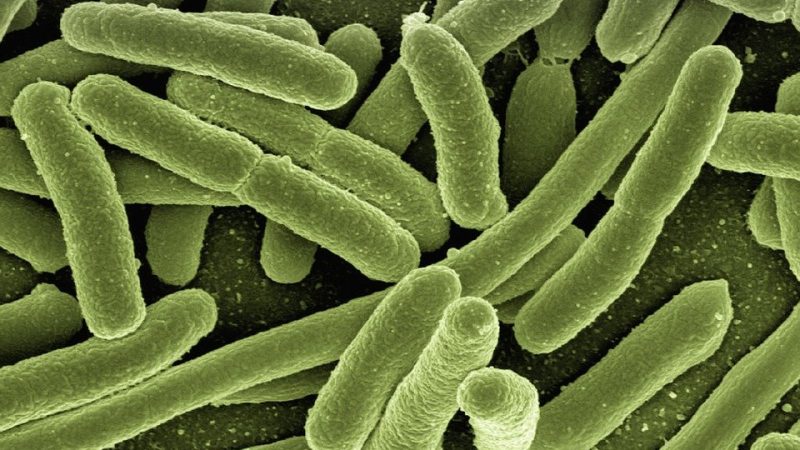Microorganisms are ubiquitously present, even if we do not notice them. Some of them are pathogenic, but most of them are essential for our well-being and health. Researchers found out that communities of microorganisms are even able to protect plants, which is a crucial step for agriculture.
For a long time – and for obvious reasons – microorganisms were primarily considered as a major burden for mankind. During the last century bacteria have built a predominately bad reputation due to the fact that some pathogenic species and strains can evoke life-threatening diseases. This perception still exists in the broad public and is driven by negative headlines when new outbreaks occur. However, the ubiquitous presence of highly diversified microorganisms in and on our bodies is often ignored. For example, our eukaryotic cells (an estimated number of 10 trillion cells is found in the human body) are surpassed tenfold by bacteria, which are generally much smaller. Still the entirety of these bacteria accounts for a fresh weight of 1 – 3 kg in an adult person. Humans continually exchange their microorganisms with the environment by shedding bacteria from their bodies (~1 million/hour) during daily activities. This process was visualized in a figurative representation by Jessica Green – a world leading expert in microbiome research – and her research team. The highest accumulations of bacteria in our bodies can be found in the gut, where 20,000 and more species can thrive.
Beneficial microorganisms for plant health
In a global effort to decipher the specific roles of the so-called microbiota the human microbiome project was born. So far it was demonstrated that beneficial microorganisms, and specifically bacteria, fulfill various essential function related to our health. They are involved in the provision of secondary metabolites, modulation of our immune system, and the degradation of non-digestible food components.
Similar functioning of the microbiota is also found in plants. They actively enrich beneficial microorganisms from the surrounding soil in the so-called rhizosphere (the surroundings of the root which are influenced by exudates). Specific microbial populations are provided with nutrients, while they actively produce plant growth-promoting substances in exchange and defend the host from pathogen attacks. Scientists at acib are exploring various plant associated microbiomes to identify key players within highly diverse microbial consortia. Promising candidates will be implemented into advanced biocontrol products, which can replace conventional pesticides in agriculture (additional information is available in the following article).
Our microbiome follow-up will shed light on state-of-the-art technology, which is currently used to explore microbiomes and to decipher contributions of specific microorganisms.
This work is based on:
G. Berg: Beyond borders: investigating microbiome interactivity and diversity for advanced biocontrol technologies; Microb Biotechnol, DOI: 10.1111/1751-7915.12235
Picture credits: acib
